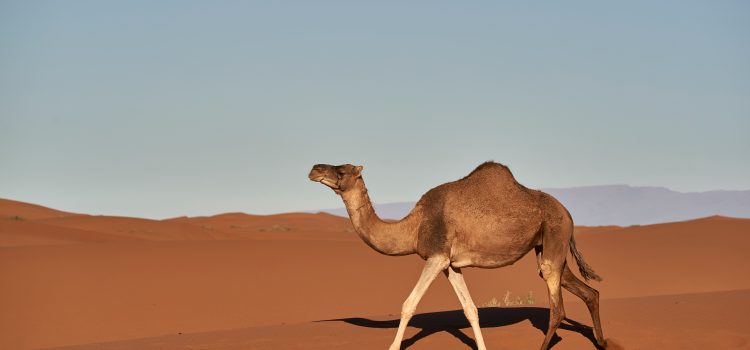
Camels are fascinating animals that have been around for thousands of years. However, they are often misunderstood and stereotyped in popular culture. In this article, we will break down some of the common misconceptions about camels and separate fact from fiction.
Misconception #1: Camels store water in their humps
One of the most well-known misconceptions about camels is that they store water in their humps. In reality, camels store fat in their humps, which they can convert into energy when food and water are scarce. Camels do have the ability to conserve water, however, by reducing their body temperature and losing less water through sweating and breathing.
Misconception #2: Camels are mean and spitting is their only defense mechanism
Another misconception about camels is that they are mean and spit at people. While it is true that camels can spit, this is not their only defense mechanism. In fact, camels are generally gentle and intelligent animals that are capable of forming strong bonds with humans and other animals. They also have powerful legs and can kick with great force if threatened.
Misconception #3: Camels are only found in deserts
While camels are commonly associated with deserts, they are actually found in a variety of habitats, including mountains, grasslands, and even arctic regions. There are two main species of camels: dromedary (one-humped) camels, which are found in the Middle East and North Africa, and Bactrian (two-humped) camels, which are found in Central and East Asia.
Misconception #4: Camels can go weeks without drinking water
While it is true that camels are adapted to life in arid environments and can survive for long periods of time without water, they still need to drink regularly. In fact, camels can drink up to 30 gallons of water in just 13 minutes, and will drink whenever water is available. During periods of drought, camels are able to conserve water by producing dry feces and urine, and reducing their body temperature.
Misconception #5: Camels are slow and clumsy animals
Camels are actually very fast and agile animals. Dromedary camels can run at speeds of up to 40 miles per hour, while Bactrian camels can run at speeds of up to 25 miles per hour. They are also able to navigate difficult terrain, such as sand dunes and rocky mountainsides, with ease.
In conclusion, camels are fascinating animals that have been the subject of many misconceptions over the years. By separating fact from fiction, we can gain a better understanding of these remarkable creatures and appreciate their unique adaptations for life in harsh environments. While some of the common misconceptions about camels may be entertaining, it is important to seek out accurate information and dispel myths that can harm these animals in the long run.










